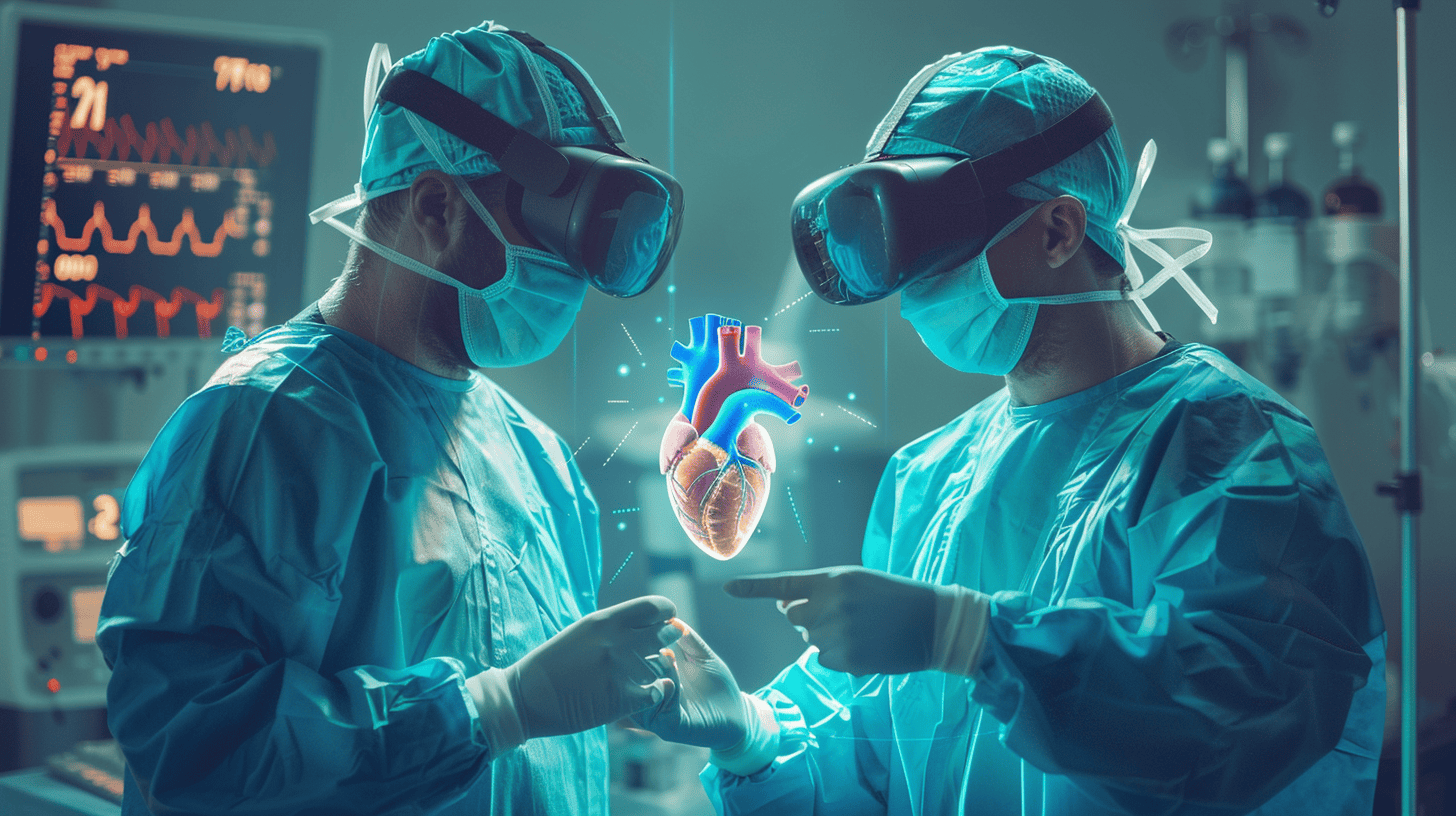
The Flevo Hospital is the first in the Netherlands to have the latest generation of this medical dummy: the SimMan 3G Plus. The lifelike patient simulator is highly dependable and could signify a major advance in the quality of care, the hospital writes in a press release.
The new patient simulator is capable of sweating, shedding tears, blinking eyes and breathing. Moreover, its limbs and pelvis have the ability to move freely, just like a normal human being. The simulator must be connected to a laptop or tablet, which can then be used to practice highly realistic real-life scenarios. From heart, lung and bowel sounds to ultrasound images. Doctors and nurses can in this way practice complex medical cases in a risk-free setting. As examples, they can train critical skills such as decision-making, team communication and patient care.

Lifelike physical examination
Linda Sitvast is an ICU and cardiac care nurse and hospital CPR instructor. She trains medical personnel with the dummy and is really enthusiastic about it: ”When you feel its skin and see what it looks like, it becomes more and more like a real patient. The closer you can simulate a situation, the more realistic it feels. I think this is a huge step and a terrific development for healthcare personnel.”
According to Sitvast, the dummy is capable of so many things. She expects to need a few more months to get a clear picture of all the training options. “It is the ideal patient. You can give it all kinds of pathologies and their associated symptoms and you can let it recover from them just as quickly. If I want to do training for a stroke, I can give it all the symptoms for that. For example, pupils that react differently, loss of urine or heavy sweating.”
Things used to be done differently, says Sitvast: “Before this, we had a very simple dummy that was used for basic CPR. We did have a nice system installed where we could simulate the monitor, but the dummy itself did nothing at all. That was just a real dummy. When it came to doing physical examinations, such as listening to the lungs, intestines or heart, that dummy just wasn’t suitable. With the new dummy, you can configure all those sounds and doctors actually hear the sound where they would normally hear them. So physical examinations can now be part of the training.”

No play acting
“With this dummy, you don’t deal with numbers; you really have to look at your patient. That’s what makes this dummy so unique. When you actually have a sweaty dummy physically lying on a bed, you don’t have to do as much improvisation,” Sitvast goes on to say. “You’re not putting on a play; you’re actually treating a patient. You no longer have to pretend that a patient has certain symptoms. That makes things feel that much more real when you start training.”
The dummy was primarily purchased in order to provide training for critical vital times, such as a critically ill patient who needs acute care. “Then you should think of patients whose airway is blocked, so they are no longer able to breathe on their own, for instance, an epileptic seizure or an allergic reaction. Then you can’t bring in a respirator. This dummy can also mimic that really well. These are situations that specialists usually only come across five times in their careers, so if you’ve been able to practice that five times, then you’re facing a patient in a very different way when it actually does happen, then when you haven’t been able to rehearse it at all or only on the neck of a pig.”








